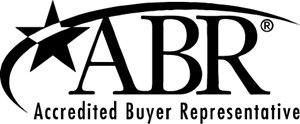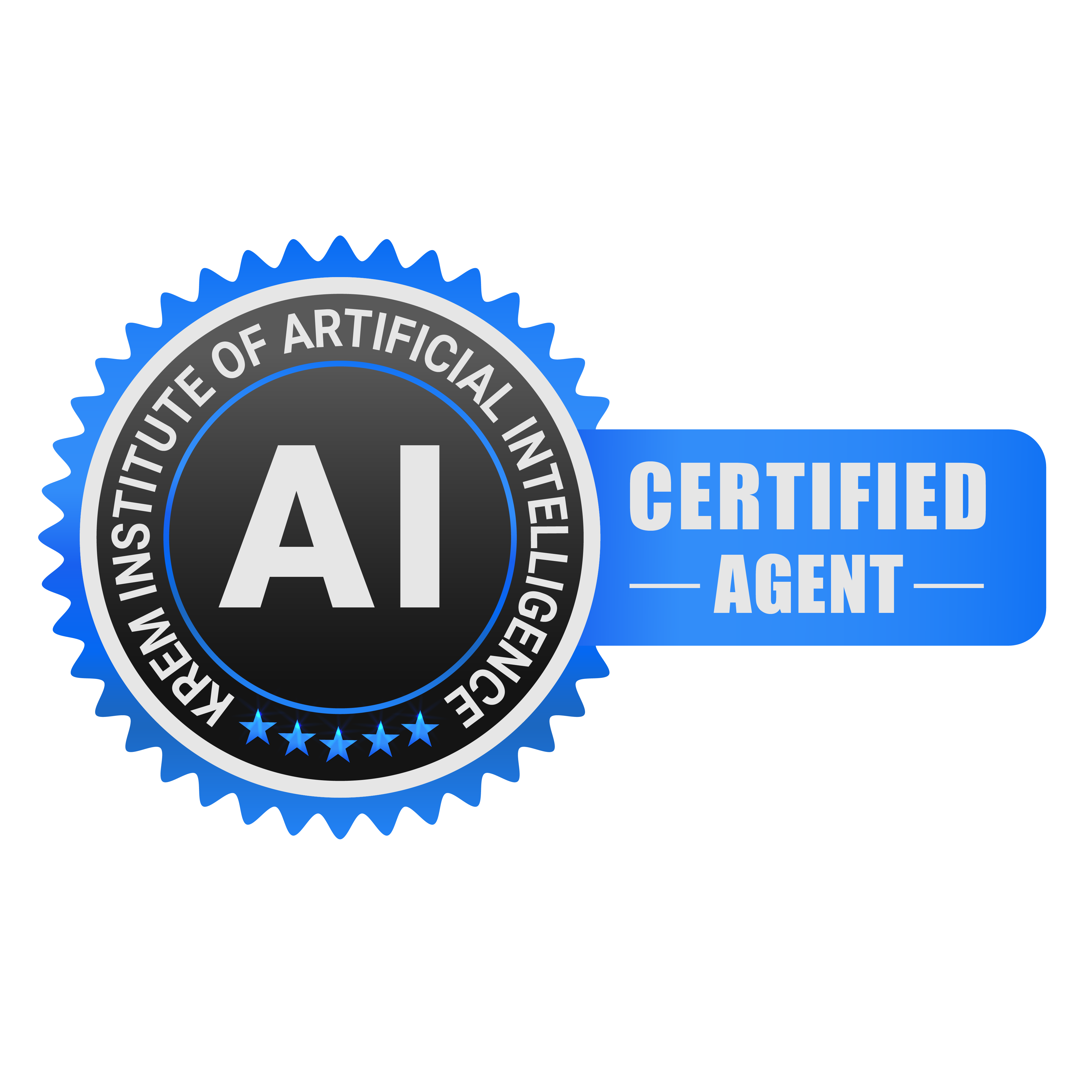Social Links Widget
Click here to edit the Social Media Links settings. This text will not be visible on the front end.
5 Interior Design Choices that Increase Your Home’s Value

When it comes to boosting the value of your home, interior design plays a pivotal role. Thoughtful design choices not only enhance the aesthetic appeal of your living space but also attract potential buyers, potentially increasing the market value of your home. Here are five interior design choices that can significantly enhance your home’s value:
1. Open Floor Plans
An open floor plan creates a sense of spaciousness, making even smaller homes feel larger and more inviting. By removing unnecessary walls and barriers, you can create a seamless flow between the living, dining, and kitchen areas. This modern layout is highly desirable among homebuyers, as it promotes better social interaction and maximizes natural light.
Pro Tip: Consider using consistent flooring materials throughout the open space to further enhance the sense of continuity and openness.
2. Updated Kitchen
The kitchen is often considered the heart of the home, and an updated kitchen can greatly increase your home’s value. Focus on modern, energy-efficient appliances, quality countertops (like granite or quartz), and stylish cabinetry. Even small updates, such as new hardware or a fresh coat of paint on cabinets, can make a big difference.

Pro Tip: Incorporate a functional island with seating to provide additional workspace and a casual dining area, which is a feature many buyers look for.
3. Luxurious Bathrooms
Upgrading bathrooms can provide a high return on investment. Think about installing double vanities, contemporary fixtures, and high-quality materials like marble or porcelain tiles. Adding features such as a walk-in shower or a soaking tub can create a spa-like atmosphere that appeals to buyers looking for a touch of luxury.
Pro Tip: Consider heated floors in the bathroom for an added element of comfort and luxury.
4. Smart Home Technology
Integrating smart home technology can make your home more attractive to tech-savvy buyers. Consider installing smart thermostats, security systems, lighting, and even smart kitchen appliances. These upgrades can make your home more efficient, secure, and convenient.
Pro Tip: Ensure that the technology you choose is user-friendly and compatible with various smart home ecosystems to appeal to a wider range of potential buyers.

Pro Tip: Ensure that the technology you choose is user-friendly and compatible with various smart home ecosystems to appeal to a wider range of potential buyers.
5. Quality Lighting
Good lighting can transform a space, making it feel warm and welcoming. Invest in a mix of ambient, task, and accent lighting to highlight different areas of your home. Modern, energy-efficient LED lighting fixtures are a great choice, and adding dimmer switches can provide flexibility for different moods and occasions.
Pro Tip: Use lighting to highlight architectural features or focal points in your home, such as artwork or a beautiful staircase.
Conclusion
By making these interior design choices, you can significantly increase your home’s value and appeal. Whether you’re planning to sell in the near future or simply want to enjoy a more beautiful and functional living space, these upgrades are worth considering. Remember, the key is to focus on quality, functionality, and timeless appeal to ensure that your investment pays off.
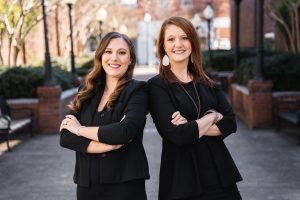
Ready to sell your home? Give us a call! 334-695-9173 or use our home valuation tool at kentmccowngroup.com for a hassle free home valuation!
Transform Your Space: The Power of Color Psychology in Interior Design

Color plays a crucial role in our lives, influencing our emotions, behaviors, and even our perceptions. In the realm of interior design, understanding color psychology can help you create spaces that not only look beautiful but also feel harmonious and serve their intended purposes. Let’s explore how different colors affect mood and ambiance, and provide guidance on choosing the right colors for various rooms in your home.

The Basics of Color Psychology
- Warm Colors: These include reds, oranges, and yellows. They are stimulating, energetic, and can make a space feel cozy and inviting.
- Cool Colors: These include blues, greens, and purples. They tend to have a calming, soothing effect and can make a space feel more spacious and serene.
- Neutral Colors: These include whites, grays, and beiges. They are versatile, timeless, and can serve as a perfect backdrop for other colors.
Choosing Colors for Different Rooms
1. Living Room: Warm and Welcoming 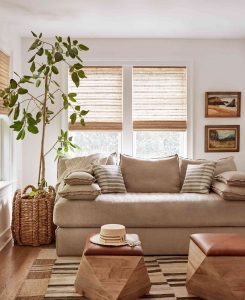
The living room is a social hub where people gather, so it’s important to create a warm and inviting atmosphere.
Best Colors: Warm shades like soft yellows, warm neutrals, and muted reds or oranges.
Why: These colors can promote conversation and make the space feel cozy and welcoming.
Tips: Combine warm colors with neutral tones to balance the energy and avoid overwhelming the space.
2. Kitchen: Energetic and Fresh
Kitchens are often bustling spaces where people cook, eat, and socialize. Bright, energetic colors can stimulate appetite and activity.
Best Colors: Bright whites, yellows, greens, and even bold reds. 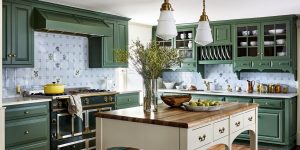
Why: These colors can make the space feel lively and vibrant, encouraging creativity and social interaction.
Tips: Use bold colors for accents, such as backsplashes or cabinetry, while keeping larger areas in lighter, more neutral tones to avoid overstimulation.
3. Bedroom: Calm and Relaxing
Bedrooms are personal sanctuaries where we rest and recharge. Calming colors are essential to create a peaceful environment.
Best Colors: Soft blues, greens, lavenders, and cool neutrals.
Why: These colors have a soothing effect, promoting relaxation and restful sleep.
Tips: Choose muted shades and avoid overly bright or dark colors that can be jarring or oppressive.
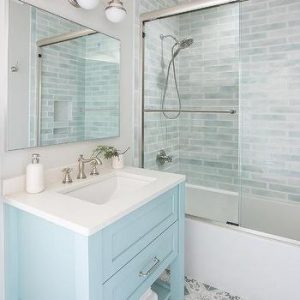 4. Bathroom: Clean and Tranquil
4. Bathroom: Clean and Tranquil
Bathrooms should feel clean and refreshing. Cool, light colors can enhance the sense of cleanliness and tranquility.
Best Colors: Light blues, soft greens, crisp whites, and pale grays.
Why: These colors evoke a sense of cleanliness and calm, making the bathroom a relaxing retreat.
Tips: Use whites and light colors for fixtures and tiles, adding touches of soft colors in accessories and decor.
5. Home Office: Productive and Focused
A home office should promote concentration and productivity. Balanced, neutral tones with touches of color can create an optimal work environment.
Best Colors: Neutral shades like grays and whites, with accents of blues or greens.
Why: Neutrals provide a professional backdrop, while blue and green accents can enhance focus and reduce stress.
Tips: Avoid overly bright colors that can be distracting. Instead, use calming accents to maintain a balanced atmosphere.
6. Dining Room: Social and Comfortable
Dining rooms are spaces for gathering and enjoying meals together. Warm, inviting colors can enhance the dining experience.
Best Colors: Rich reds, warm neutrals, and earthy tones.
Why: These colors stimulate appetite and conversation, creating a welcoming environment for dining.
Tips: Use warm colors on walls or as accent pieces, combined with neutral furnishings to maintain balance.
Final Thoughts
Understanding color psychology can transform your home into a series of spaces that not only look beautiful but also feel perfectly suited to their functions. By choosing colors that align with the desired mood and purpose of each room, you can create an environment that supports your lifestyle and enhances your well-being. Experiment with different shades, consider the natural light in each room, and don’t be afraid to mix and match to find the perfect palette for your home. Happy decorating!
Navigating the Path to Homeownership in 2024

Overcoming Challenges and Finding Solutions
Are you a first-time homebuyer feeling overwhelmed by the frustrating task of purchasing your dream home in this ever changing market? You’re not alone. With rising home prices, limited inventory, and tightened lending practices, the journey to homeownership can seem like an uphill battle. But fear not! In this blog, we’ll explore some key challenges facing first-time buyers and provide actionable solutions to help you achieve your homeownership goals.
Rising Home Prices:
It’s no secret that home prices have been on the rise in recent years, making it difficult for first-time buyers to afford their desired homes. However, there are steps you can take to mitigate this challenge. Consider exploring emerging neighborhoods or suburbs where home prices may be more affordable. Additionally, don’t hesitate to negotiate with sellers or explore alternative financing options to make homeownership more accessible.
Limited Housing Inventory:
With fewer homes on the market, competition among buyers can be fierce. But don’t let this discourage you. Stay proactive and vigilant in your home search, utilizing online platforms, real estate agents, and networking within your community to uncover hidden gems. Additionally, consider expanding your search criteria or being flexible with your preferences to increase your options.
Tightened Mortgage Lending:
Securing a mortgage can be a major hurdle for first-time buyers, especially with stricter lending requirements in place. To improve your chances of approval, focus on improving your credit score, reducing debt, and saving for a larger down payment. Additionally, explore government assistance programs, employer-sponsored initiatives, or alternative lending options tailored to first-time buyers.
Student Loan Debt:
If you’re burdened by student loan debt, you’re not alone. Many first-time buyers face similar challenges. Take proactive steps to manage and reduce your debt, such as enrolling in income-driven repayment plans, seeking loan forgiveness options, or refinancing at lower interest rates. By improving your debt-to-income ratio, you’ll enhance your eligibility for a mortgage and increase your purchasing power.
Community Support and Resources:
Remember, you don’t have to navigate the homebuying process alone. Take advantage of community resources, homeownership workshops, and financial counseling services to gain valuable insights and support. Engage with fellow first-time buyers, seek advice from experienced homeowners, and leverage online forums and social media groups to share knowledge and experiences.
Stay Informed and Flexible:
The real estate market is dynamic and ever-changing, so staying informed and adaptable is key. Keep abreast of market trends, mortgage rates, and government policies that may impact your homebuying journey. Be prepared to adjust your strategy, timeline, or expectations as needed to navigate challenges and seize opportunities.
In conclusion, while the path to homeownership may present its fair share of challenges in this market, with determination, resourcefulness, and strategic planning, you can overcome obstacles and achieve your dream of owning a home. By leveraging available resources, exploring creative solutions, and staying resilient in the face of adversity, you’ll be well-equipped to embark on this exciting journey towards homeownership. So take the first step today and embark on your path to homeownership with confidence!

 Facebook
Facebook
 X
X
 Pinterest
Pinterest
 Copy Link
Copy Link




